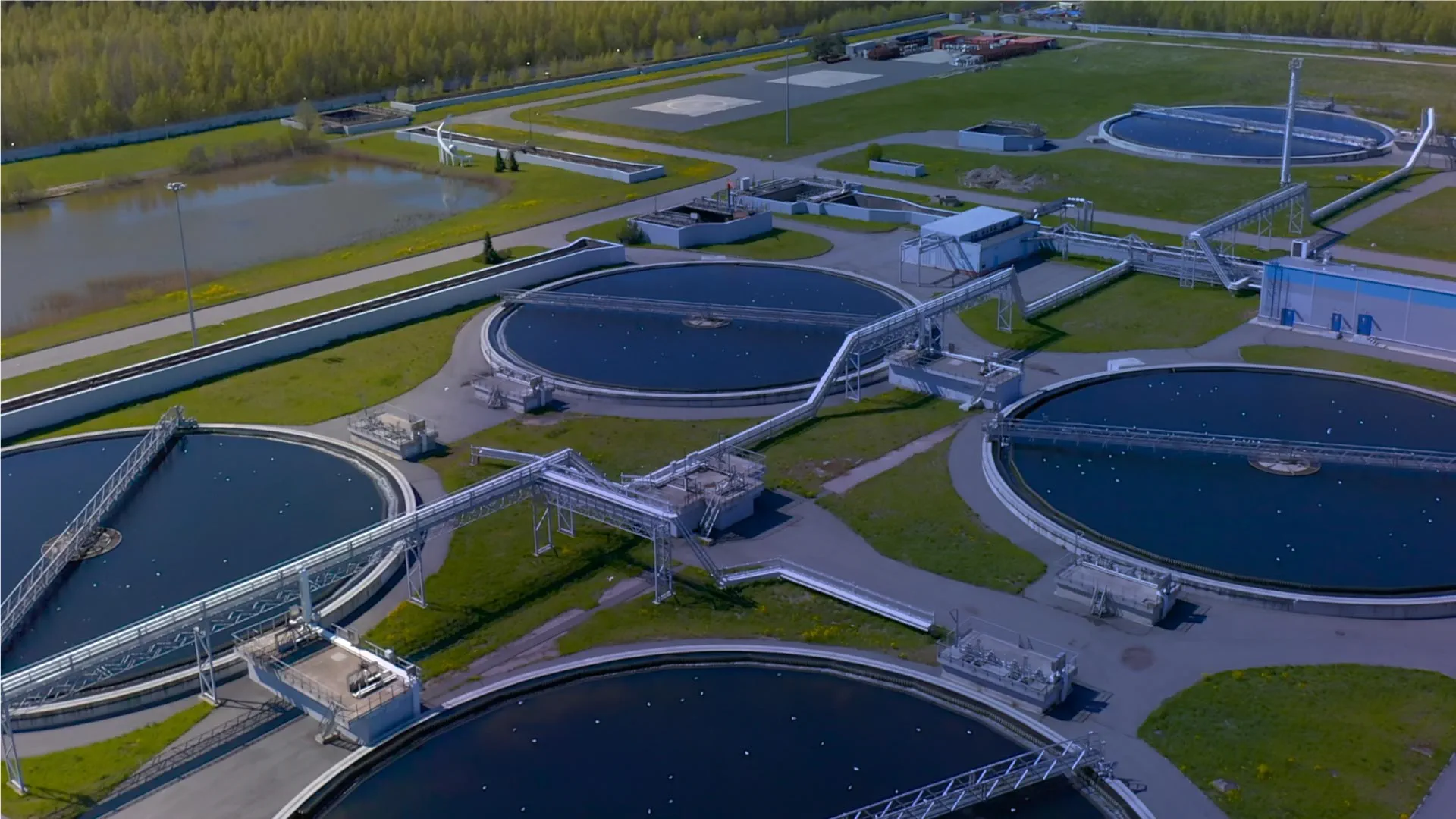"Data analytics plays a central role in ensuring smarter investment decisions," writes Analytics Consultant Osama Filali Naji
The Coronavirus pandemic has forced many businesses to reevaluate their operational costs in order to survive in a landscape where demand has now become compromised. Beyond helping the venture to survive, business decision support can and should now mobilize growth and assist with refining a more targeted impact and value for customers.
There are various digital applications that can assist businesses with identifying key assets, their various vulnerabilities and subsequent optimization options. But while these solutions are often engineered to manage thousands of assets and a multitude of different optimization scenarios, they do not necessarily adjust at pace to rapidly changing events and data in an agile, resilient and expedient manner. In this period of grave economic uncertainty, the ability to instantly respond to unexpected and constantly evolving situations can make or break an organization.
The urgent need for asset optimization
All organizations need data analytics, regardless of the quantity of data they're working with. However, as things stand, existing solutions are only accessible to enterprise-level companies, leaving behind smaller-sized organizations without access to high-quality, valuable and actionable insights. This status quo makes sense, to an extent. Business analysts who bring in several years of expertise generally work for companies that have a proactive need for their valuable time and skills, such as working on projects that involve large fleets of vehicles and IT infrastructures, dealing with tens of thousands of records that require large processing power. Given how sophisticated and all-encompassing most market-available data analytics tools are, it's easy to see why smaller-sized organizations who only work with small quantities of data, and even less legroom in their budgets, get left-behind.
The insights that companies can get from analyzing and interpreting their data is crucial to their success. With how competitive industries become in the last few decades, and now with the added complication of a global pandemic and worldwide lockdowns, companies that do not adapt a flexible business model and constantly update and improve their operational processes can suffer great losses. The ability to optimize assets effectively and efficiently is, therefore, a given. Maximizing operational asset performance while lowering operational costs is especially prudent during the current economic uncertainty. Asset optimization involves developing all assets of an asset, across all stages of its life cycle, not only to extend to its lifetime, but also to reduce maintenance costs and maximize its use, for however long possible. What asset optimization looks like specifically varies from company to company, but the fact remains that data—the knowledge of your resources and what situations you expect to face in their life cycle—is invaluable to ensuring you're able to get the most out of it.
Naturally, at a time of widespread economic crisis, minimizing costs is at the forefront of most companies' concerns. Asset optimization is an effective way of achieving this, while boosting profits that can allow for greater cash flow, liquidity and, ultimately, resilience. Put together, all these can give companies longer business sustainability and improved services for customers.
Balancing cost, risk and performance across portfolio for long-term profitability
Asset management and optimization is key to balancing costs, risks, and performance. When a company is able to fully capitalize on its resources, it is better able to achieve its objectives, meet the needs and expectations of stakeholders, manage risks and any potential threat to its operations and goals, and secure prolonged, sustainable operational excellence and success. Your overall outputs, processes, and even organizational culture benefit greatly from an improved and robust asset optimization strategy.
When you optimize all aspects of your assets across their individual life cycles, there comes a natural shift in focus towards performance and customer outcomes rather than just a simple maintenance work, which can not only significantly improve the quality of these outputs at the modular level, but could ripple out to the other facets of your business as well. By focusing not only on short-term considerations but also on actively planning for long-term circumstances, you likewise improve sustainability and resilience.
Data is, of course, crucial to this endeavor. Data analytics plays a central role in ensuring smarter investment decisions, from more efficient procurement and supply chain choices, planning for outcomes and preparing for uncertainties, to regulatory compliance and adherence to governing policies. Business decisions need to be informed by the records, reports and numbers, and processed thoroughly by the right analytics tool in order to produce the best options and alternatives you can take given the circumstances. It follows, therefore, that having the right tools will be instrumental in improving your asset optimization strategy and, by extension, your business itself.
Data in. Insights out.
This appetite for accessible and universal asset management support has inspired analysts and consultants at Arcadis Gen to craft a lightweight but high-performance solutions—two characteristics often viewed as mutually exclusive by many software engineers. But that's precisely what we achieved with Universal Visual Optimizer. UVO is a bite-sized solution with enterprise-level capabilities, designed to process complex scenarios to inform project and capital investments of varying scopes and contexts, without the hassles and overhangs of traditional solutions. It requires no installation—or any background in data science, for that matter—and can be accessed through a web browser from any location.
UVO takes 4 simple steps to optimize your data: filter, modify, optimize, visualize. Appropriately, we designed each step to correspond with one working tab. You start by uploading your core files under the Filter tab. This is the only step that requires user configuration. Here, asset metadata, such as asset names, class or descriptions, and their subsequent solutions (i.e., the various options that can help rectify, improve or repair the specified business assets) can be plugged into the web application. This information includes risk, condition and investment values allocated for each solution and year of impact.
Next, from the Modify tab, loaded assets and timesteps can be selected or excluded and defined as a baseline plan for later comparison within UVO. Afterwards, you can generate and compare multiple scenarios in the app under the other two tabs. Under Optimize, you will find a scenario wizard where you can specify your goals and bounds. This scenario wizard can be bypassed if you're working with specific details, allowing you to manually input your goals and bounds within a specified number of years. This may be useful for businesses with defined budgets and targets given a certain time frame.
And finally, all user generated scenarios can be saved for comparison under the Visualize tab. Risk, condition and investment values can be compared over time. A scheduler view is also generated for the convenience of project coordinators and managers who want to view investment decisions in a modulated calendar format for easier visibility.
This was precisely what our partners at the Bayside Council in Australia had done in our recent partnership. Using UVO, the municipality specified a set of KPIs for public restroom conditions, informed by an internal audit process. We converted these metrics into overall risk and condition scores that were then processed and visualized by UVO. The app helped the council improve their public service strategy which, ultimately, benefited the general public as well.
Conclusion
The user-friendly focus of UVO, coupled with Arcadis Gen’s proactive service support line, makes this innovative and agile asset optimization application a first point-of-call for a multitude of organizations including Transport for London and others.
UVO helps organizations, regardless of their size and complexity, to go from data to decision within minutes. Learn more about this revolutionary app by booking a demo today or get the fact sheet.
Did you find this information useful?
Did you find this information useful?
Thank you for your feedback!

 Back
Back










